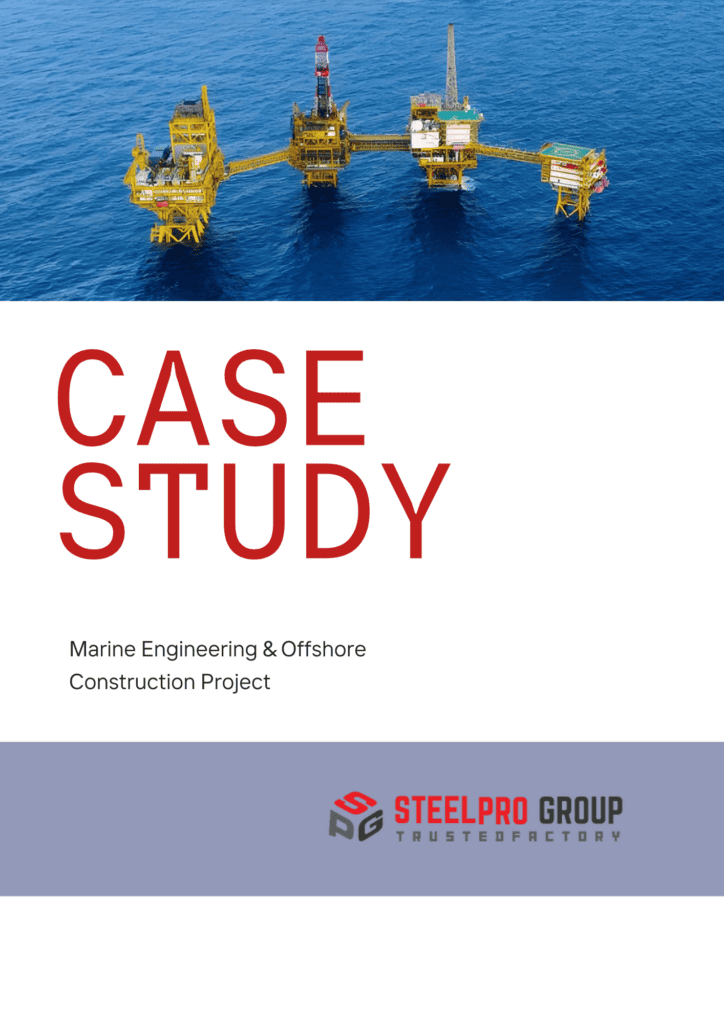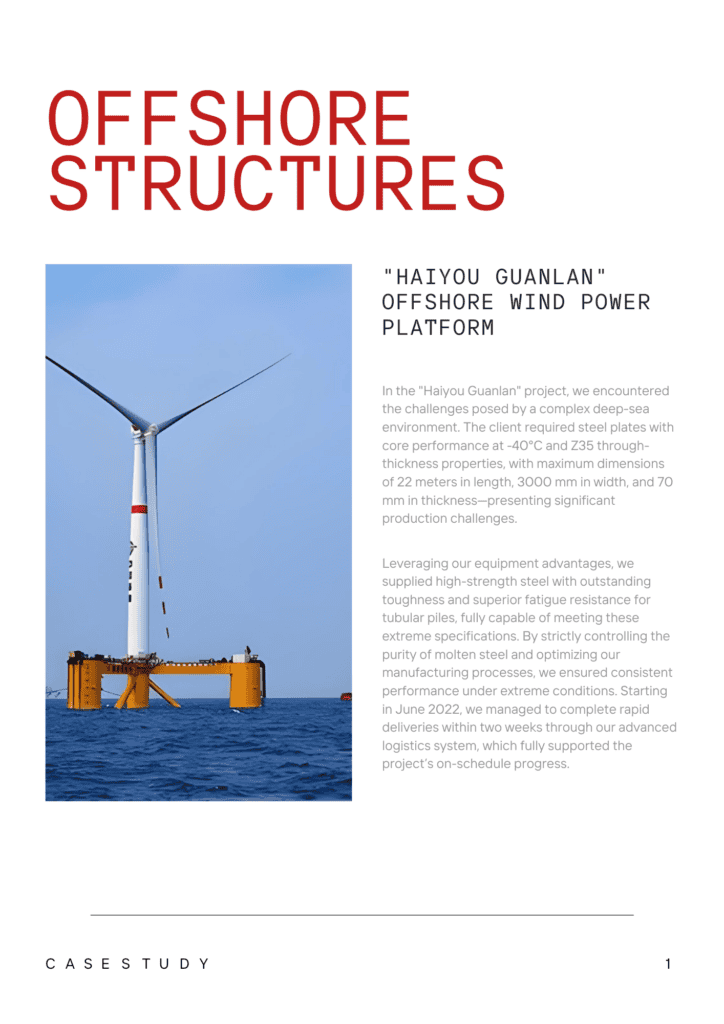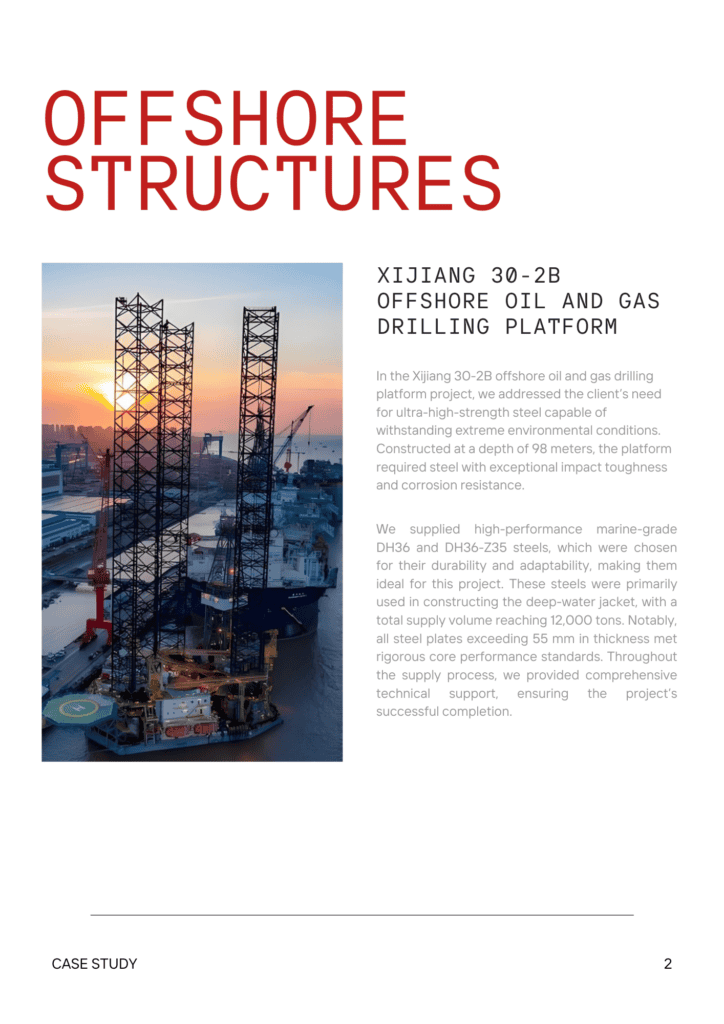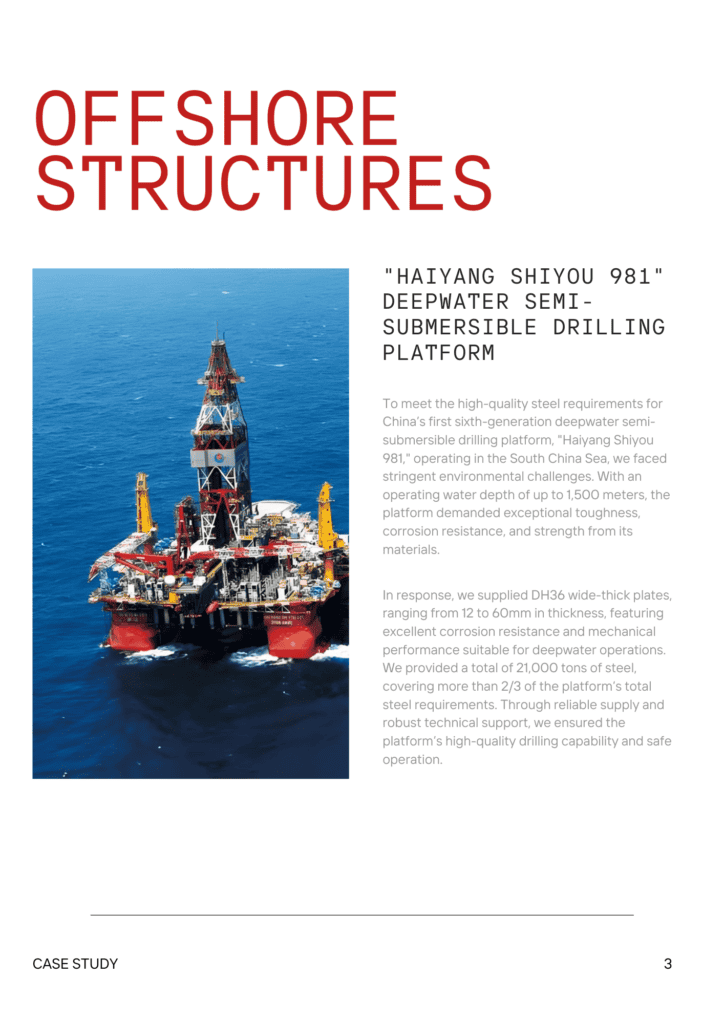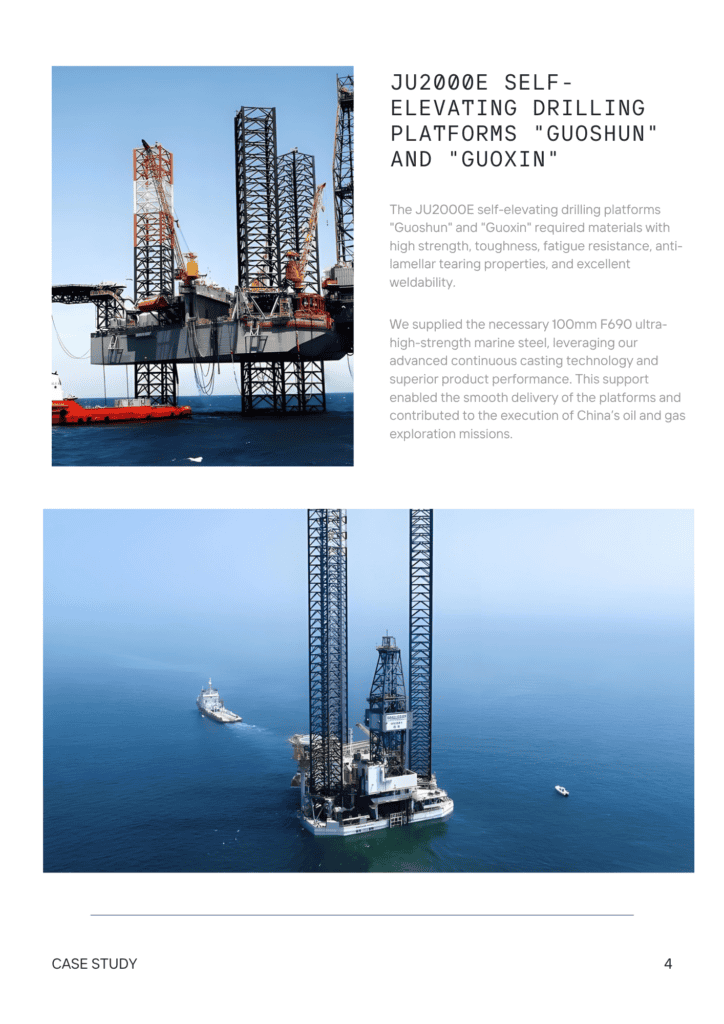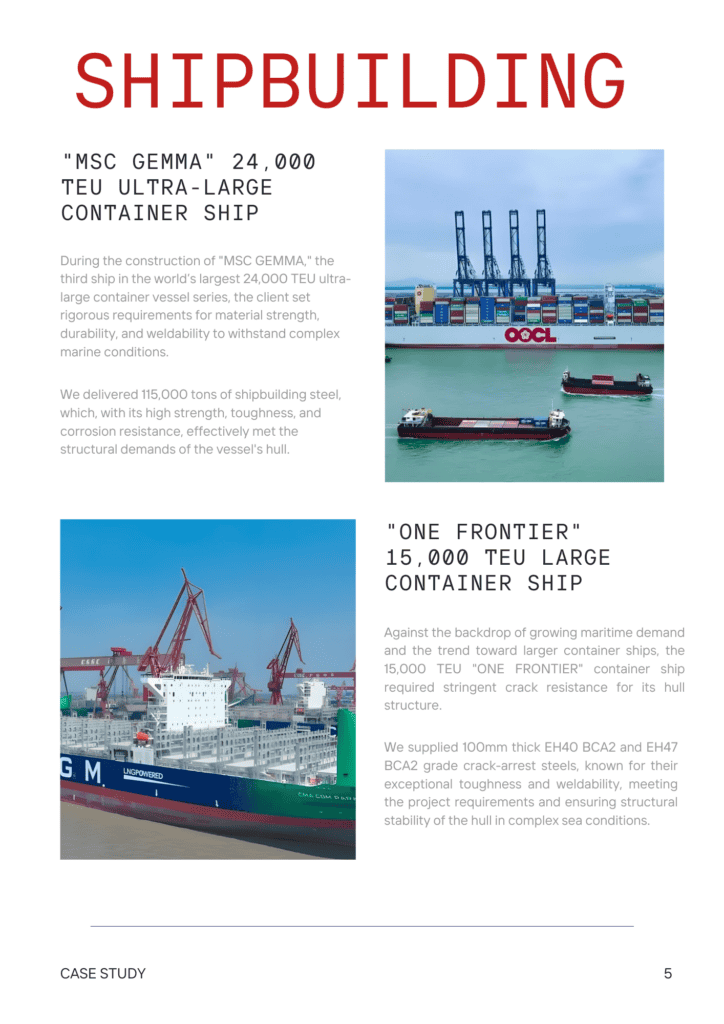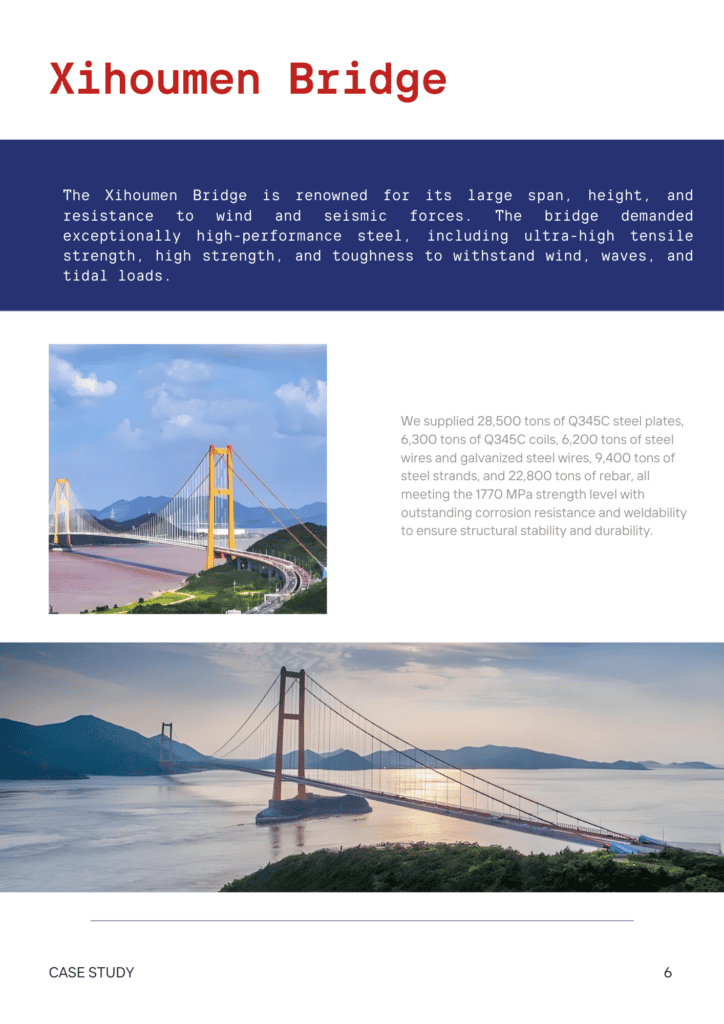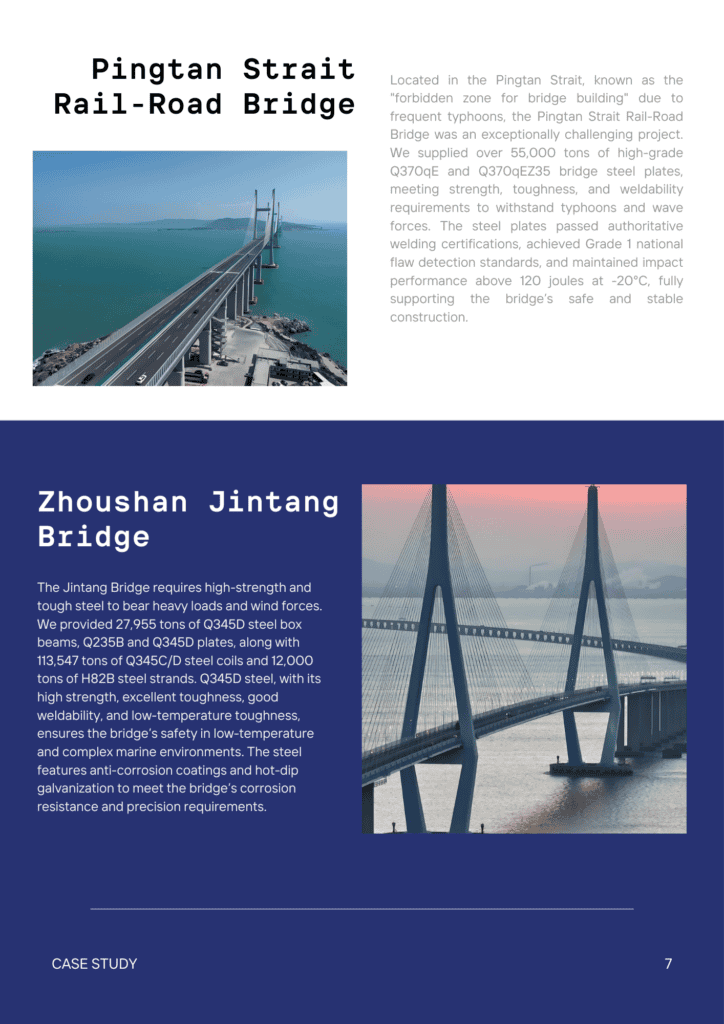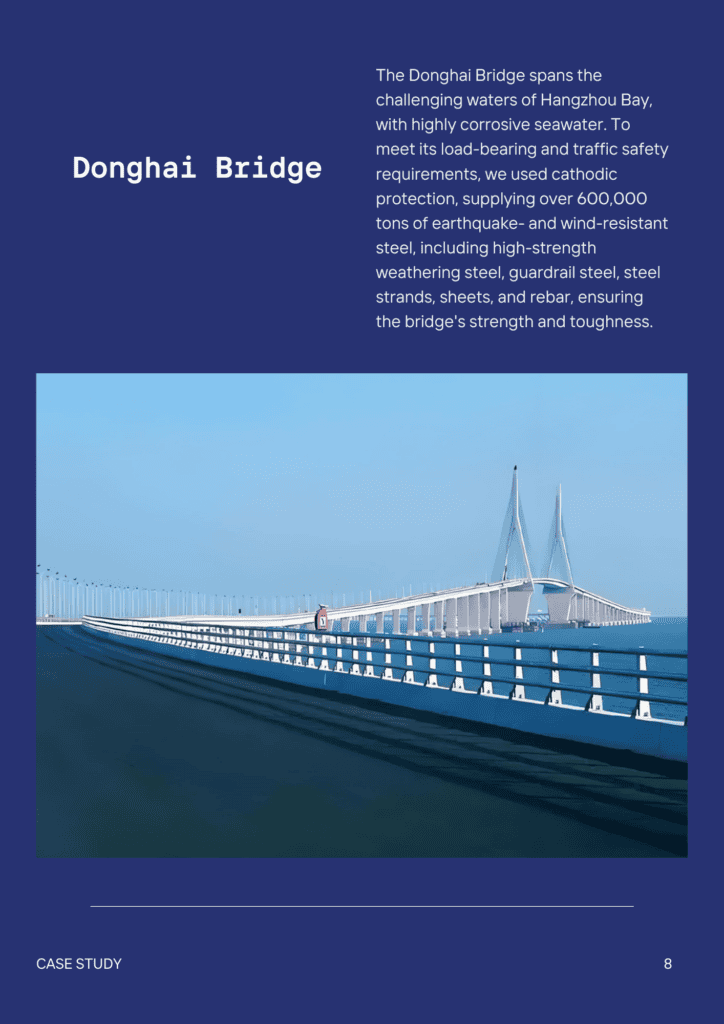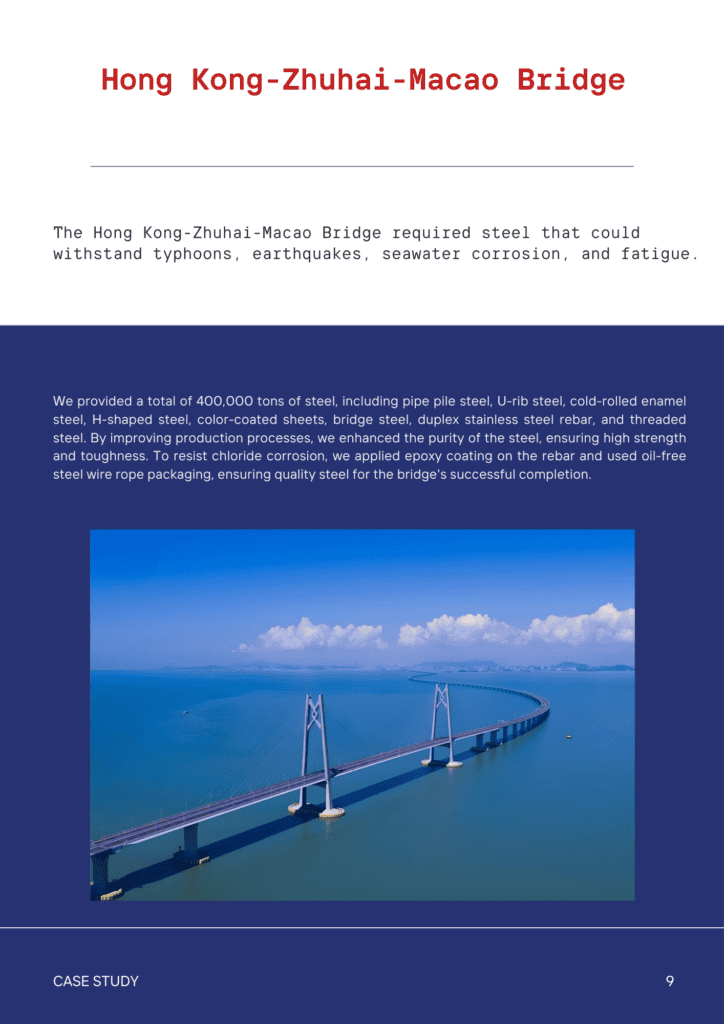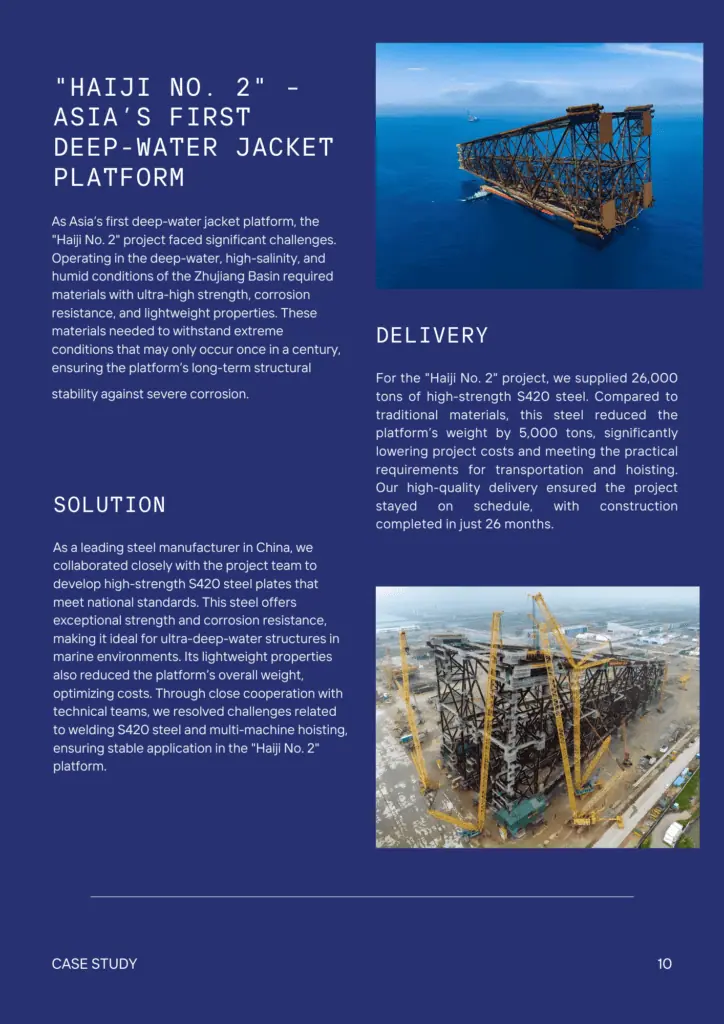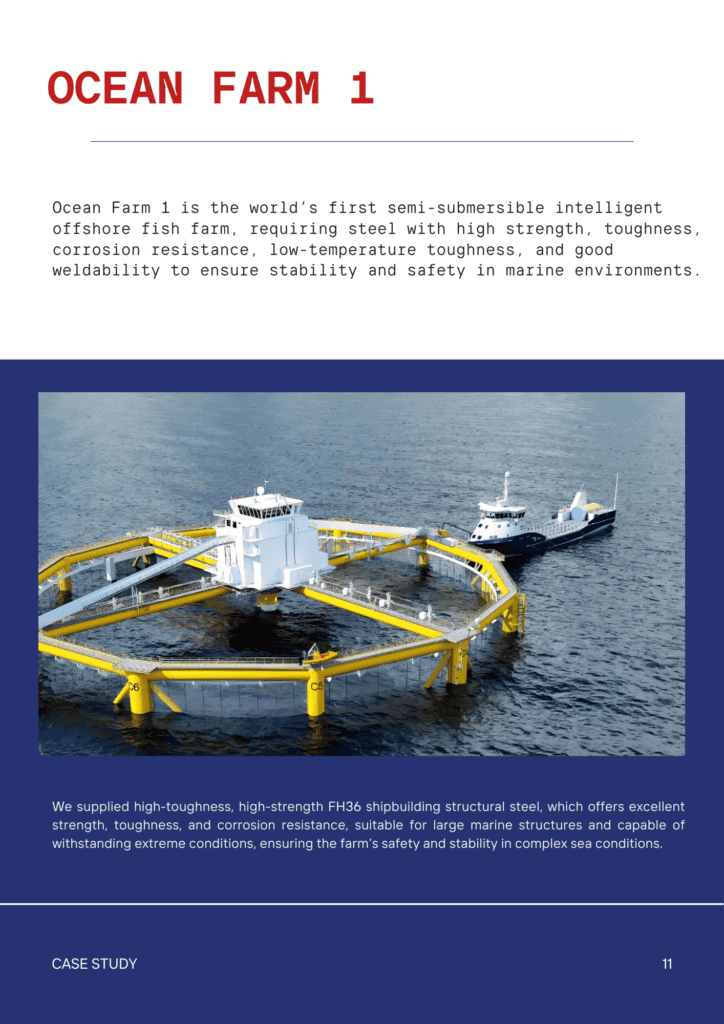W18Cr4V | T1 | 1.3355 | High Speed Tool Steel
W18Cr4V | T1 | 1.3355 | High Speed Tool Steel
W18Cr4V is a high-speed steel commonly used in tools and cutting applications. It is defined by the standard GB/T 1299 in China. The name indicates its composition: 18% tungsten, 4% chromium, and a small amount of vanadium. Direct equivalents include T1 and 1.3355. This steel has high hardness and wear resistance and retains toughness at high temperatures. It is widely used for cutting tools, drills, and dies.
Description
What Is W18Cr4V?
W18CR4V is composed of approximately 75-80% iron, 18% tungsten, 4% chromium, and 1% vanadium, forming a solid, high-speed tool steel. It is characterized by its high hardness, excellent wear resistance, and ability to maintain cutting-edge sharpness at high temperatures. This material is primarily used in the manufacturing of cutting tools, such as drills and milling cutters, which require high strength and durability. W18CR4V is produced through a process that typically involves hot rolling, followed by annealing and tempering to achieve the desired mechanical properties.
Characteristics of W18CR4V Steel
W18Cr4V steel is known for its excellent hardness, wear resistance, and toughness. Its high tungsten content ensures superior cutting performance, even at high temperatures. The chromium and vanadium elements improve its strength and edge retention.
This steel is ideal for manufacturing cutting tools like drills, taps, and milling cutters. It performs well in demanding environments, such as high-speed machining.
For applications where higher toughness or different wear resistance is required, consider alternative steel grades like M2, T1, or H13. These steels provide varying balances of hardness, wear resistance, and toughness, suitable for specific machining needs.
Chemical Compositions
| Element | Content (%) |
|---|---|
| Carbon, C | 0.70 – 0.80 |
| Tungsten, W | 17.50 – 19.00 |
| Chromium, Cr | 3.80 – 4.40 |
| Vanadium, V | 0.90 – 1.30 |
| Manganese, Mn | 0.20 – 0.40 |
| Silicon, Si | 0.20 – 0.40 |
| Sulfur, S | ≤ 0.030 |
| Phosphorus, P | ≤ 0.030 |
Physical Properties
| Property | Metric Value | Imperial Value |
|---|---|---|
| Density | 8.7 g/cm³ | 0.314 lb/in³ |
| Melting Point | 1,470 – 1,540 °C | 2,678 – 2,804 °F |
| Thermal Conductivity | 24.0 W/m·K | 13.88 BTU/h·ft·°F |
| Electrical Conductivity | – | – |
| Specific Heat Capacity | 460 J/kg·K | 0.110 BTU/lb·°F |
| Thermal Expansion Coefficient | 10.8 x 10⁻⁶ /°C | 6.0 x 10⁻⁶ /°F |
| Electrical Resistivity | 0.57 µΩ·m | 22.4 µΩ·in |
Mechanical Properties
AC (Air Cooled) Sate
| Property | Metric Value | Imperial Value |
|---|---|---|
| Tensile Strength | ≥ 1,990 MPa | ≥ 288,500 psi |
| Yield Strength | ≥ 1,880 MPa | ≥ 272,700 psi |
| Brinell Hardness | 725 – 131 HBW | 725 – 131 HBW |
| Rockwell Hardness | ≤ 63 HRC | ≤ 63 HRC |
| Vickers Hardness | ~ 600 HV | ~ 600 HV |
| Elongation | ≥ 9% | ≥ 9% |
| Elastic Modulus | 225 GPa | 32,625 ksi |
QT (Quenched & Tempered) State
| Property | Metric Value | Imperial Value |
|---|---|---|
| Tensile Strength | 1,450 – 1,600 MPa | 210.5 – 232 ksi |
| Yield Strength | 1,200 – 1,350 MPa | 174 – 196 ksi |
| Elongation | 10 – 14% | 10 – 14% |
| Reduction of Area | 40 – 50% | 40 – 50% |
| Impact Absorption Energy | 20 – 30 J | 15 – 22 ft·lbf |
| Elastic Modulus | 210 GPa | 30.45 msi |
Industries & Applications
| Industry | Application |
|---|---|
| Aerospace | Turbine Blades, Jet Engine Components, Cutting Tools, Fasteners |
| Automotive | Engine Valves, Gears, Cutting Tools, Shafts |
| Manufacturing | Drills, Taps, Milling Cutters, Dies |
| Tool & Die Making | Molds, Punches, Dies, Reamers |
| Medical Devices | Surgical Blades, Orthopedic Tools, Precision Instruments, Dental Drills |
| Heavy Machinery | Cutting Tools, Gear Cutting, Heavy-Duty Punches, Reamers |
| Energy Sector | Drill Bits, Turbine Components, Valve Parts, Cutting Tools |
| Mining | Rock Drill Bits, Mining Tools, Wear-Resistant Parts, Cutting Equipment |
| Defense | Armor-Piercing Projectiles, Precision Weapon Parts, Cutting Tools, Fasteners |
Machining
Heat Treatment
- Annealing: Heat to 820-860°C (1508-1580°F), hold for 2-4 hours, then cool slowly in the furnace. This softens the steel for machining.
- Preheating: Before quenching, preheat the steel to 450-500°C (842-932°F) to avoid thermal shock and reduce cracking risk.
- Quenching: Heat to 1260-1290°C (2300-2354°F), then quench in oil or air. This hardens the steel.
- Tempering: After quenching, reheat to 540-560°C (1004-1040°F) for 1-2 hours, then cool in air. This reduces brittleness while retaining hardness.
- Stress Relieving (Optional): Heat to 600-650°C (1112-1202°F) for 1-2 hours, then cool in air. This removes residual stresses from machining or forming.
Surface Finish
- Grinding: Removes surface irregularities and achieves a smooth finish.
- Polishing: Further smoothens the surface for a mirror-like finish.
- Coating: Adds protective layers, such as titanium nitride (TiN), to improve wear resistance.
- Shot Blasting: Cleans the surface and increases surface roughness for better coating adhesion.
- Electroplating: Applies a thin metal layer, like chrome, to enhance corrosion resistance.
*Customization is available upon request.
Disclaimer
The provided heat treatment and surface treatment processes are general guidelines. Actual conditions may vary depending on specific applications and requirements. It is recommended to consult with a professional metallurgist or material scientist to tailor the processes to your particular needs. The information herein is not a substitute for professional advice and should not be relied upon as such.
Our Service
SteelPRO Group – manufacturer and solution provider for special steel, offering multi-industry application solutions and customised services, 100% quality free, accompanying customers in their growth!
Our Quality Control
- Roundness
- Tolerance
- Microstructure
- Non-Destructive Testing
- Destructive Testing
- Process Control
Service Integration Processing
- Welding
- Metal Fabrication
- CNC Machining
- Lathe
- Forming
QUESTION 1
QUESTION 2
QUESTION 3
QUESTION 4
QUESTION 4
CONTACT
CONTACT
Certifications







Other Products
-
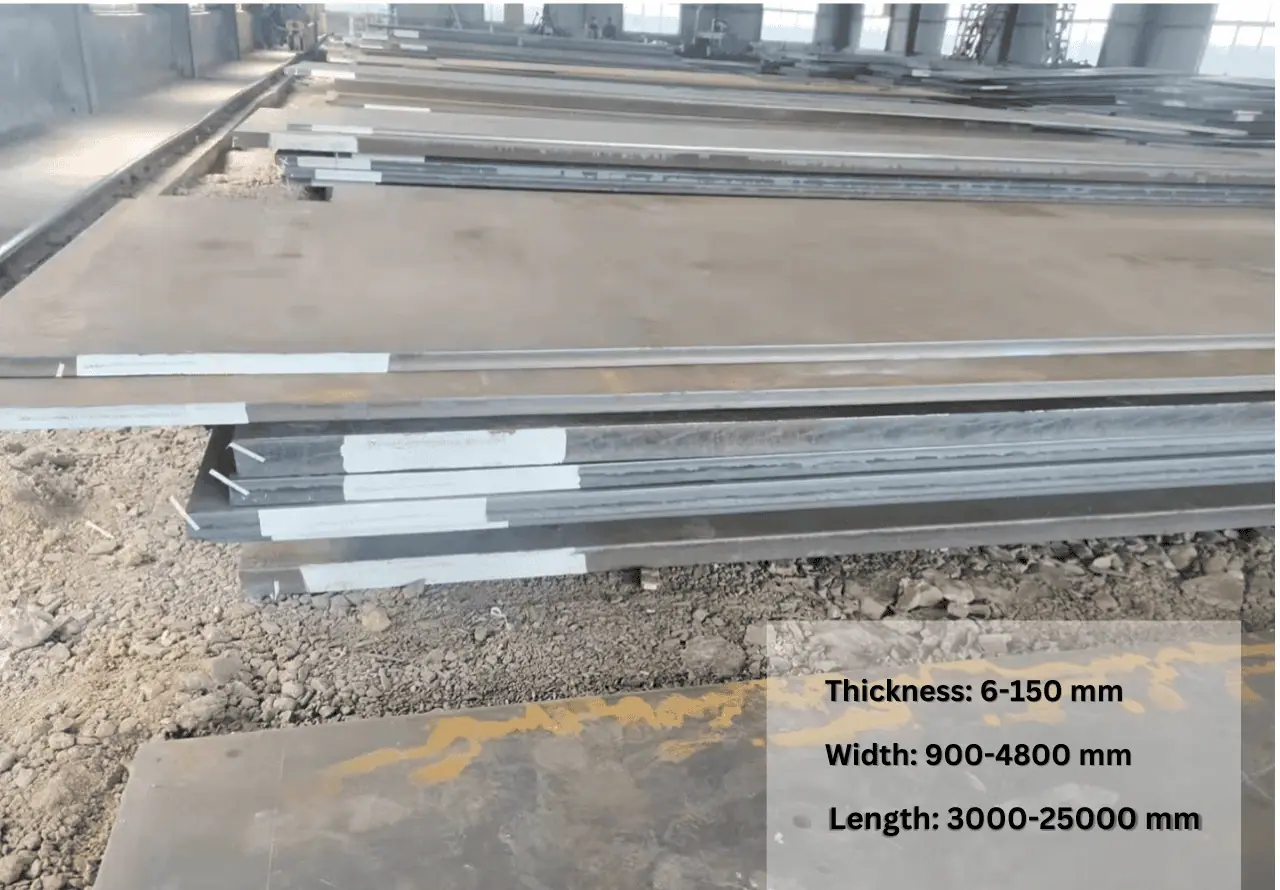
-
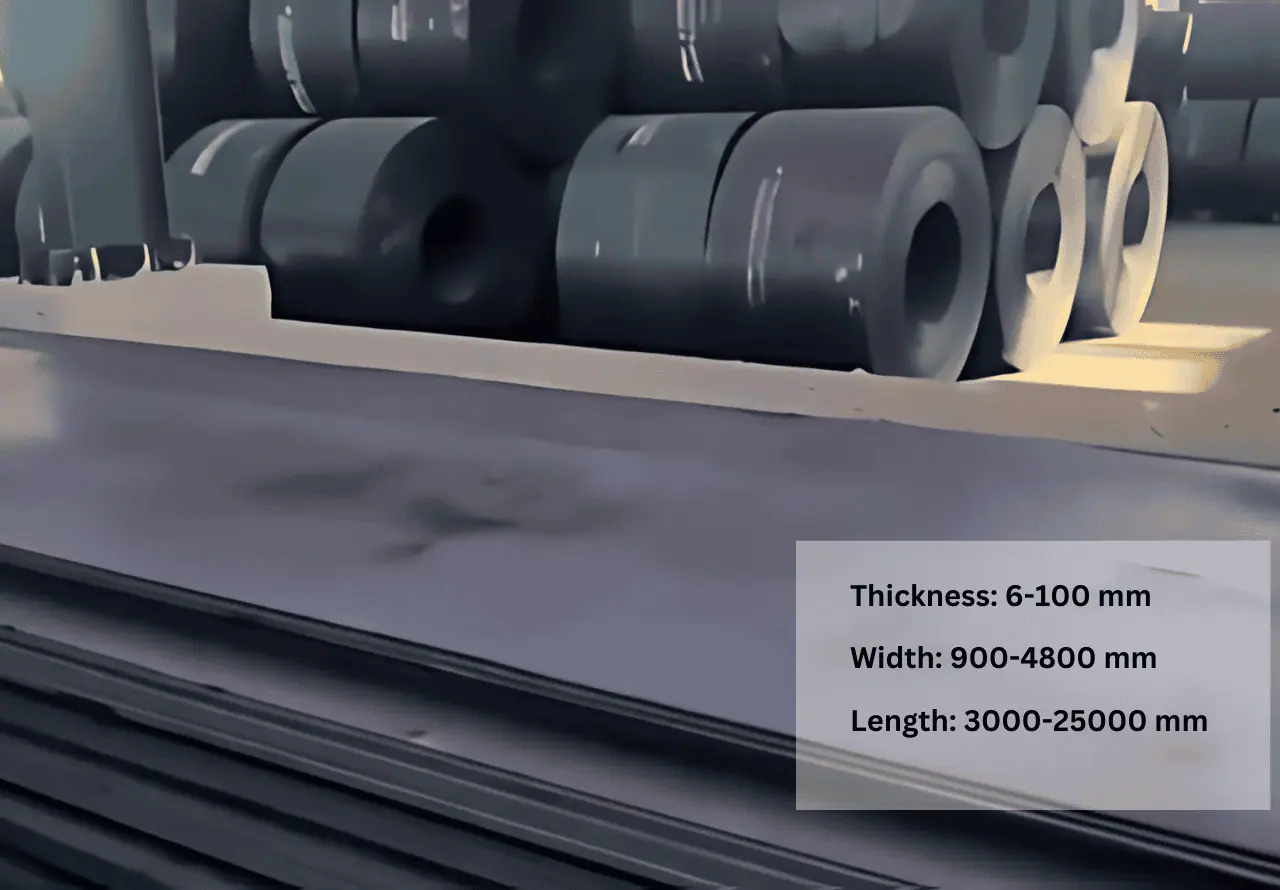
SteelPRO Group offers FH550 high-strength structural steel plates for shipbuilding....
-
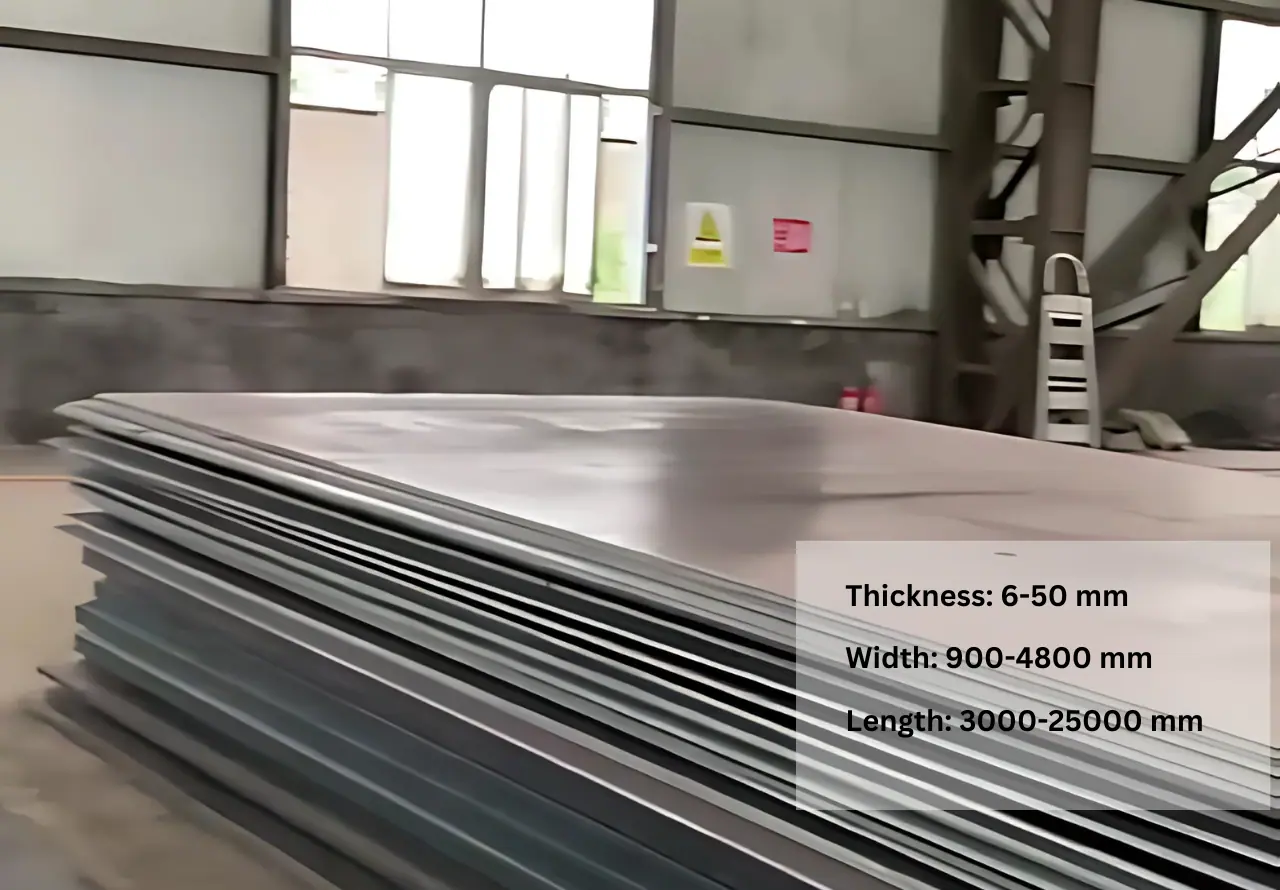
SteelPRO Group offers DH550 high-strength shipbuilding steel plates in stock....
-
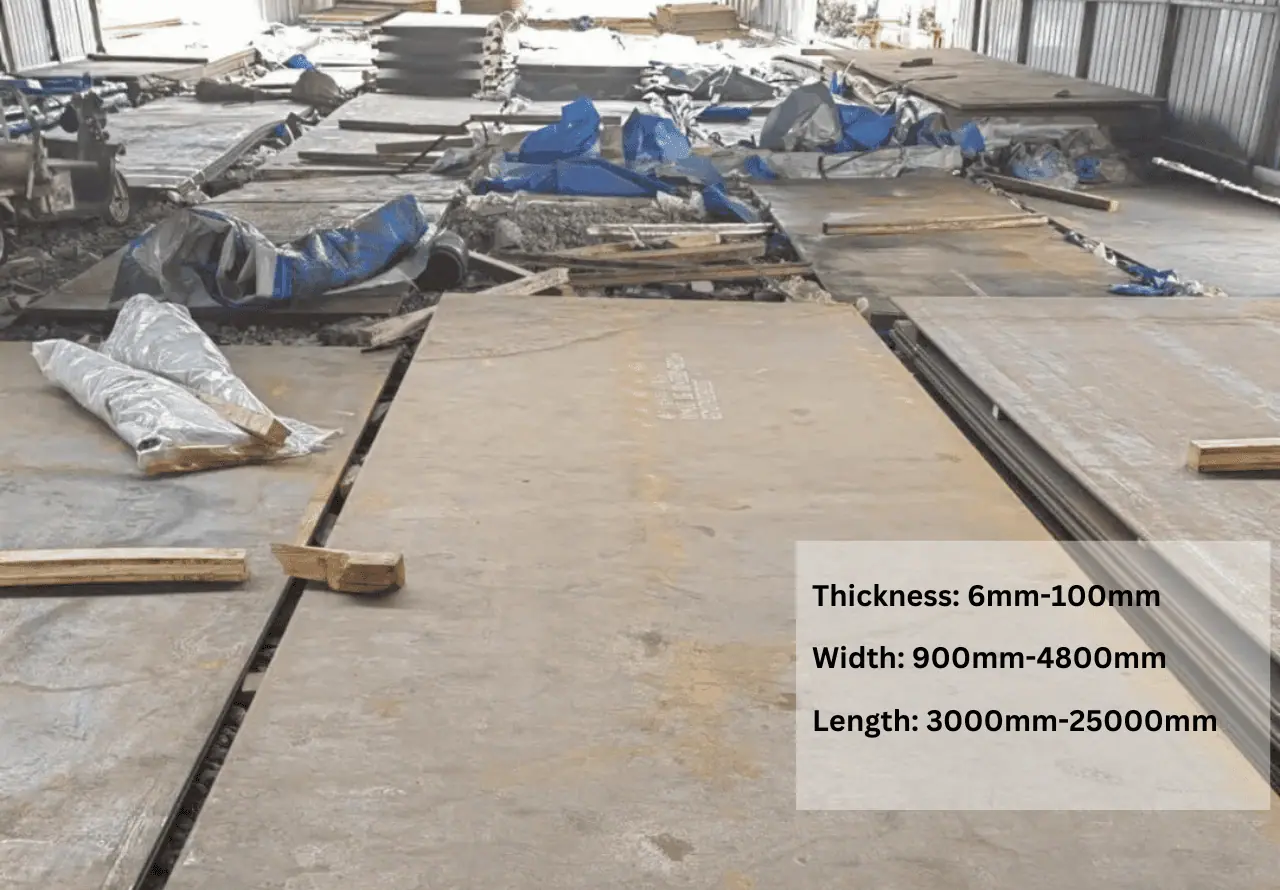
SteelPro Group offers FH36 high-strength steel for shipbuilding. It has...



